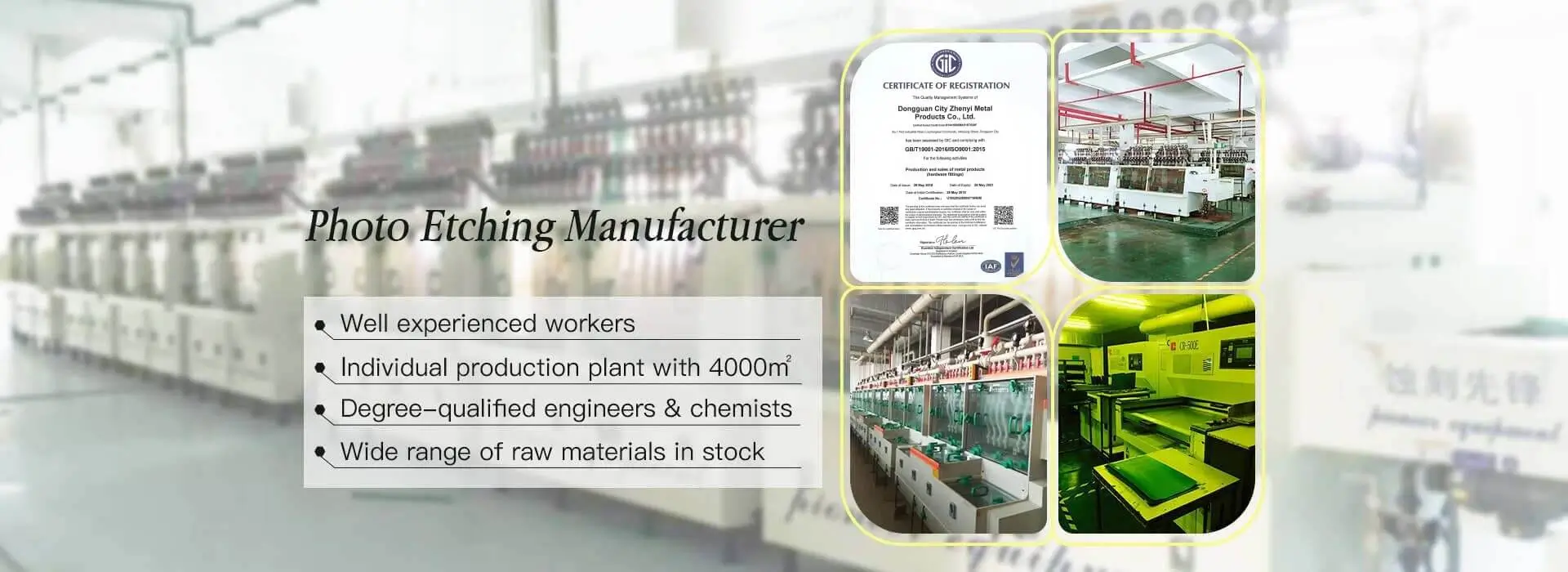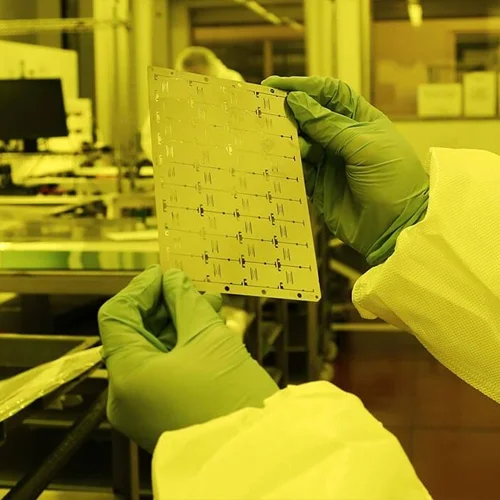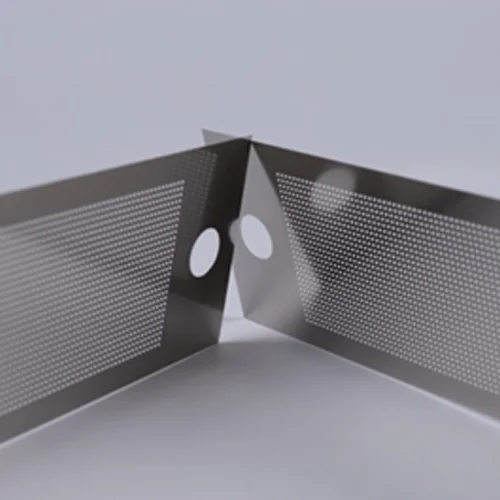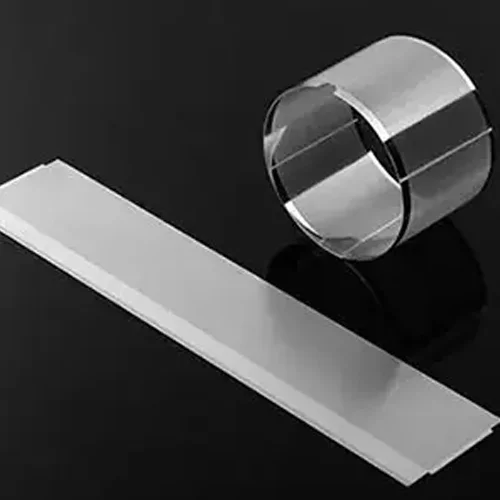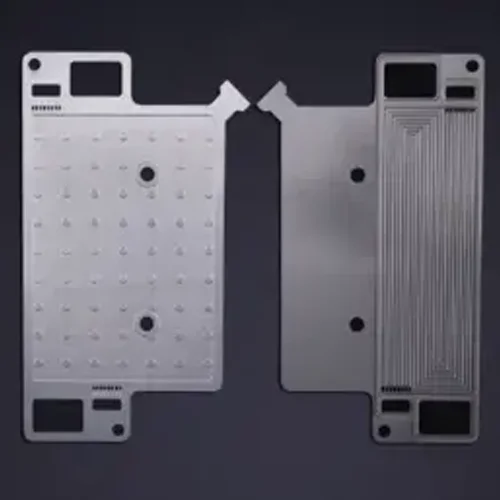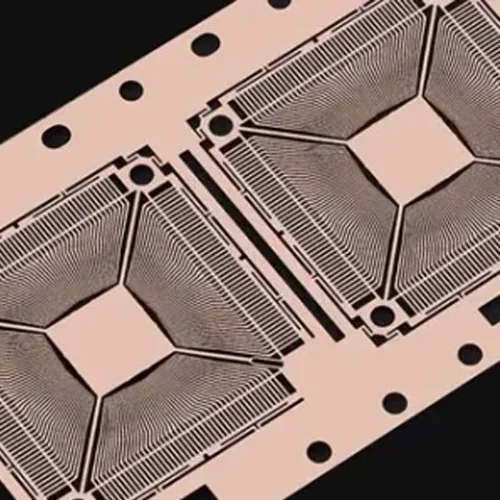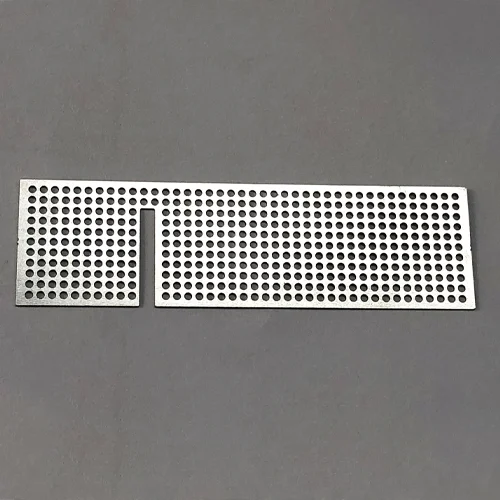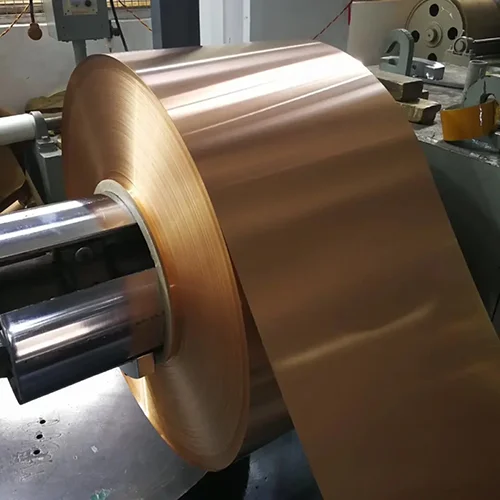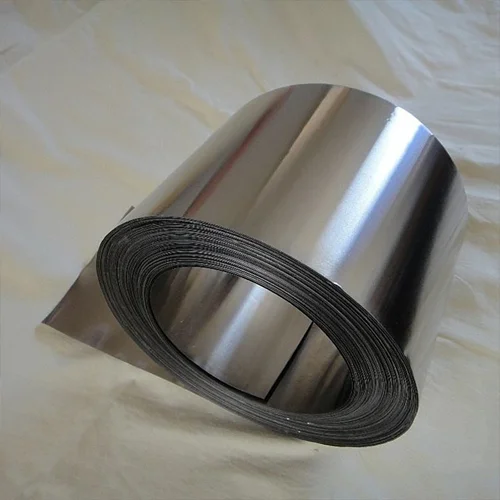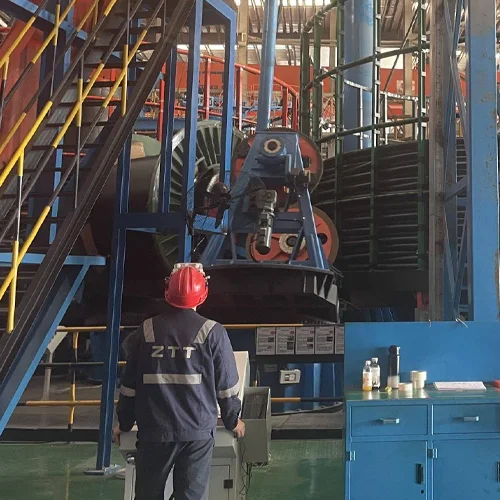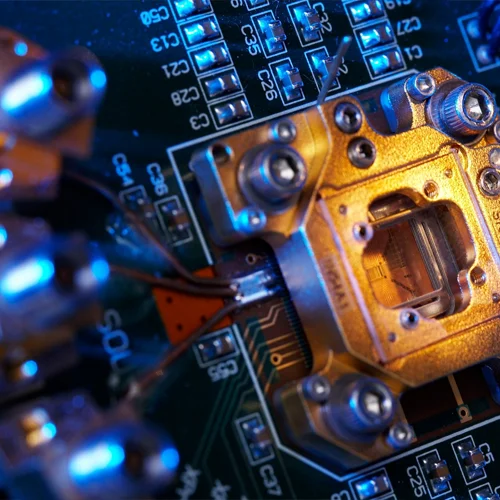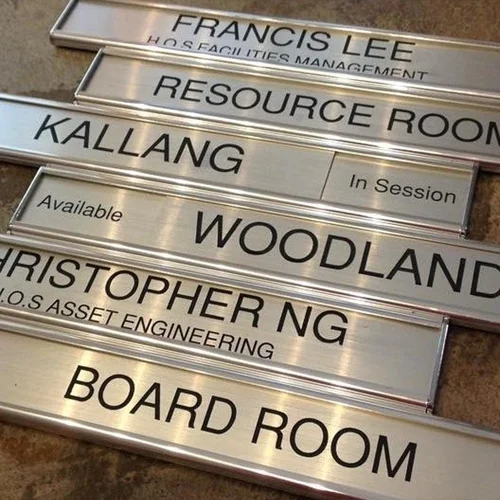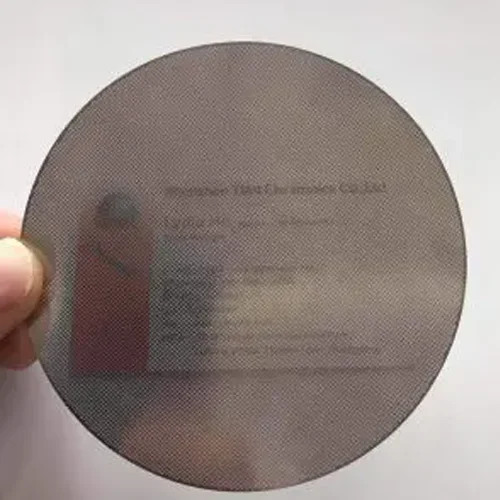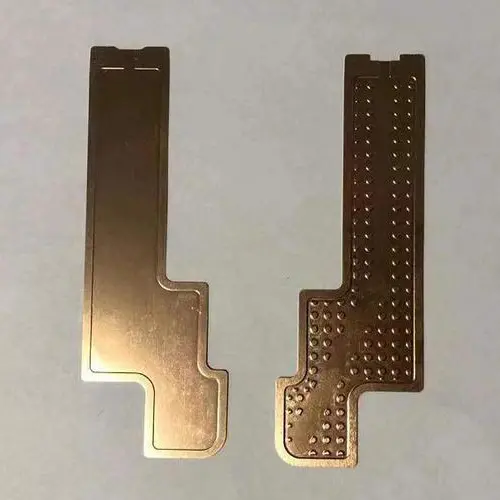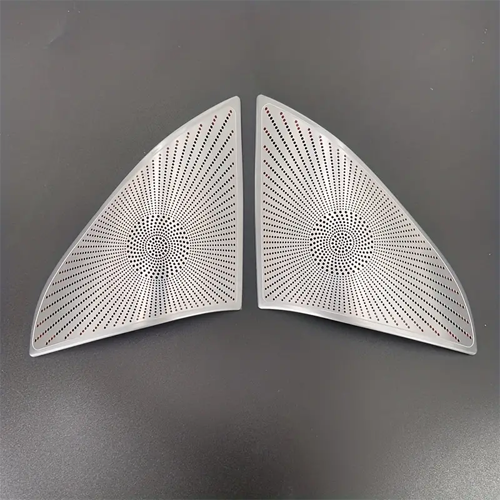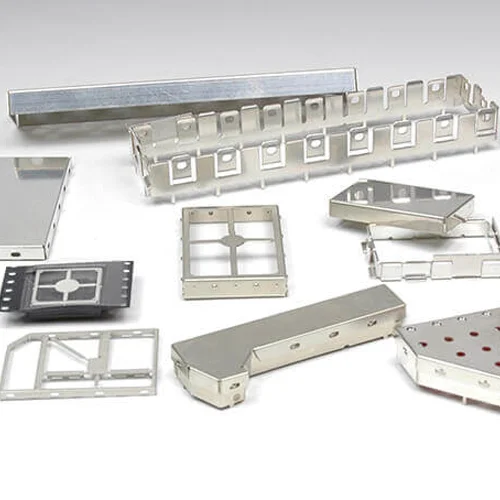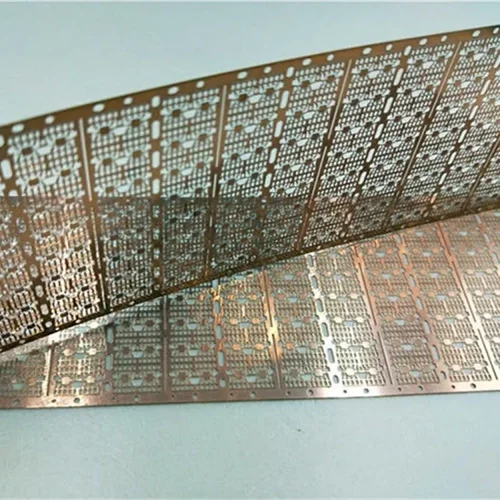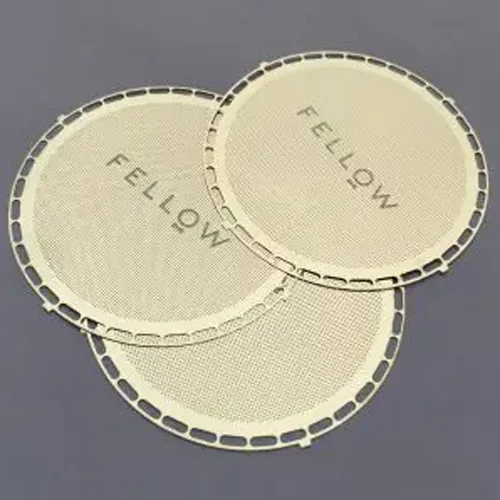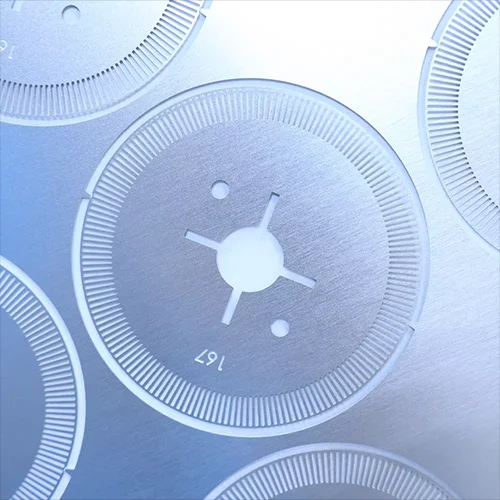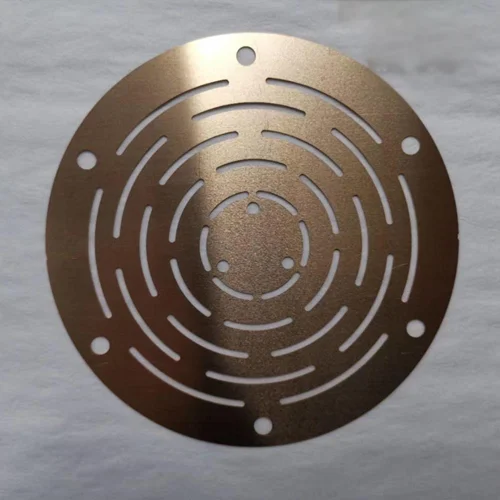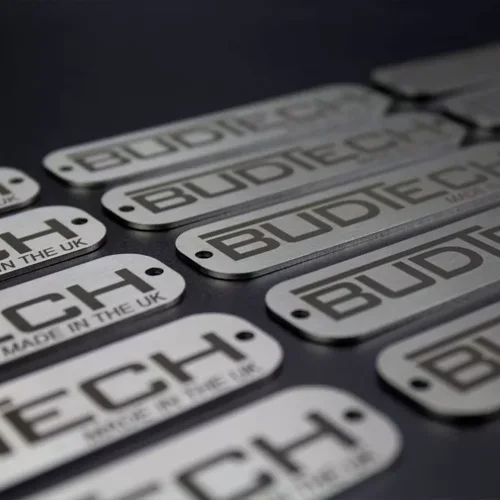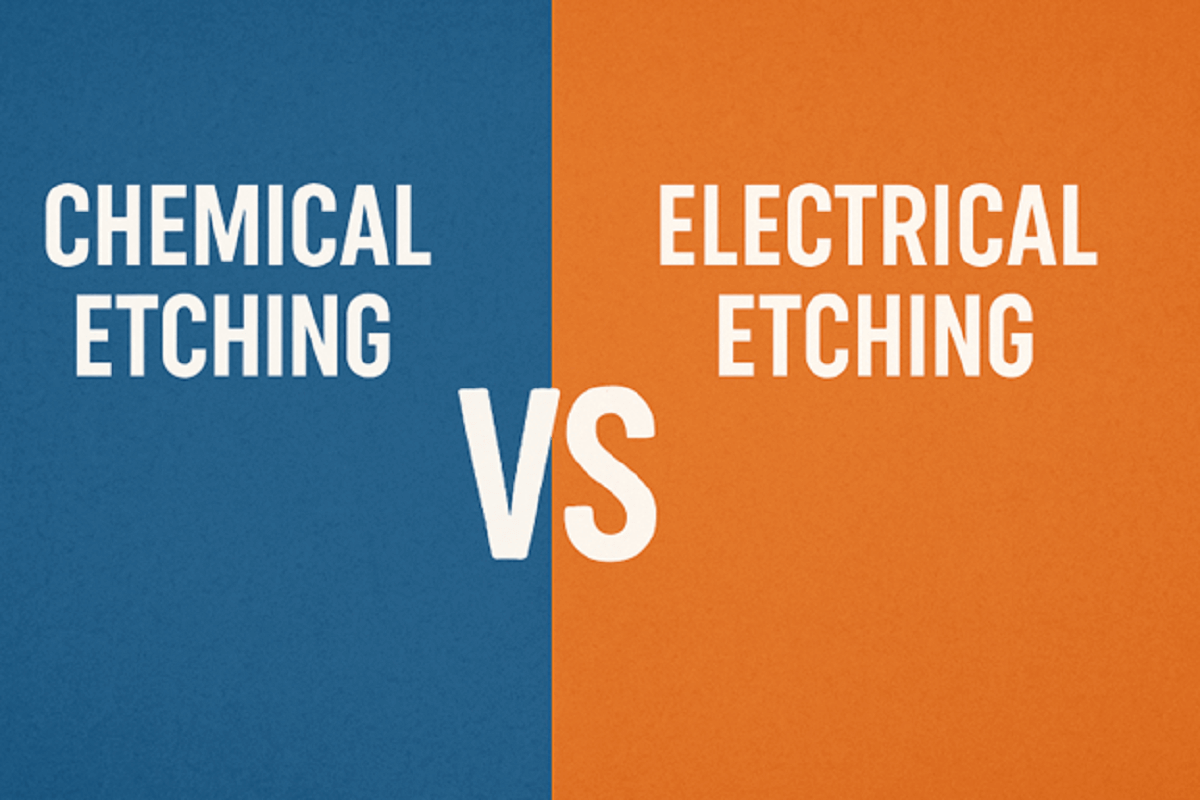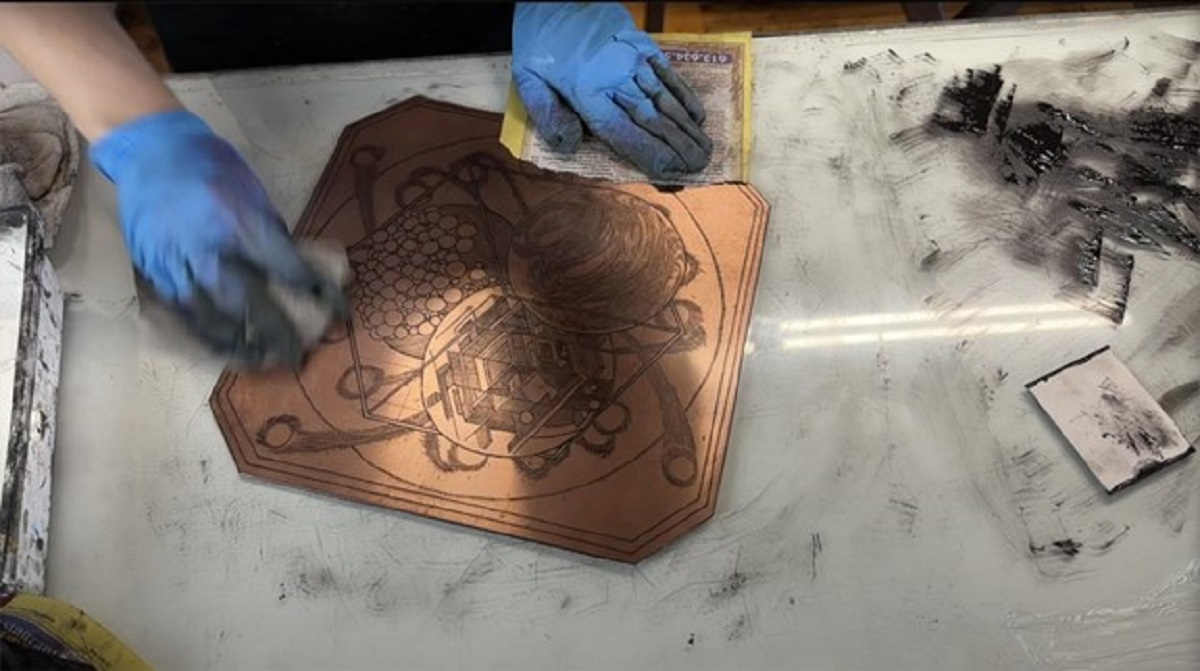chemical etching company

TMNetch has specialized in photochemical etching (PCE) since 2011. Photochemical etching is a highly precise process that uses strong chemical solutions to create complex and accurate designs on flat metal sheets. As an ISO 9001:2015 certified factory, TMNetch operates with over 100 experienced workers and advanced facilities, including four fully automated etching machines (each 20 meters long) and 19 additional automated production systems such as coating, exposure, and developing machines.
Over the years, TMNetch has partnered with companies worldwide to deliver custom metal parts that meet the highest standards of quality and performance.
With extensive experience in handling diverse manufacturing requirements, we can rapidly produce complex components—often within just 3 days. Our etched metal parts and precision metal plates are widely used across industries such as new energy, electronics, medical devices, aerospace, small appliances, semiconductors, and more.
In addition to photo chemical etching, TMNetch also provides a full range of secondary metal machining services to complete your products. These include electroplating, color surface coating, bright polishing, bending, laser cutting, stamping, and forming—ensuring that every component is delivered to exact specifications.
Partners















News
Tell us your Needs and Expectations
Send us a message
FAQs
Whenever it is OK during working time, welcome to send an email to lydia.sales1@tmnetch.com or tmnetch@gmail.com in advance, we will pick up you from Shenzhen, Guangzhou or HK airport.

